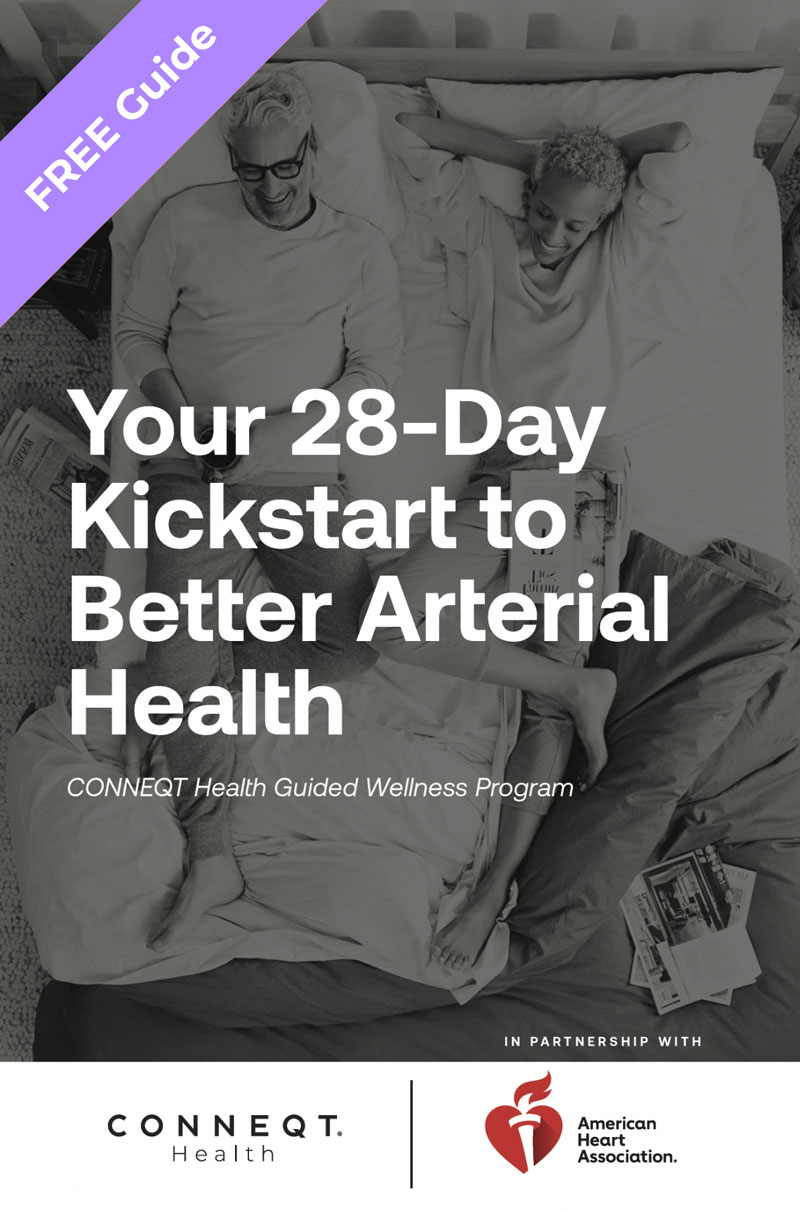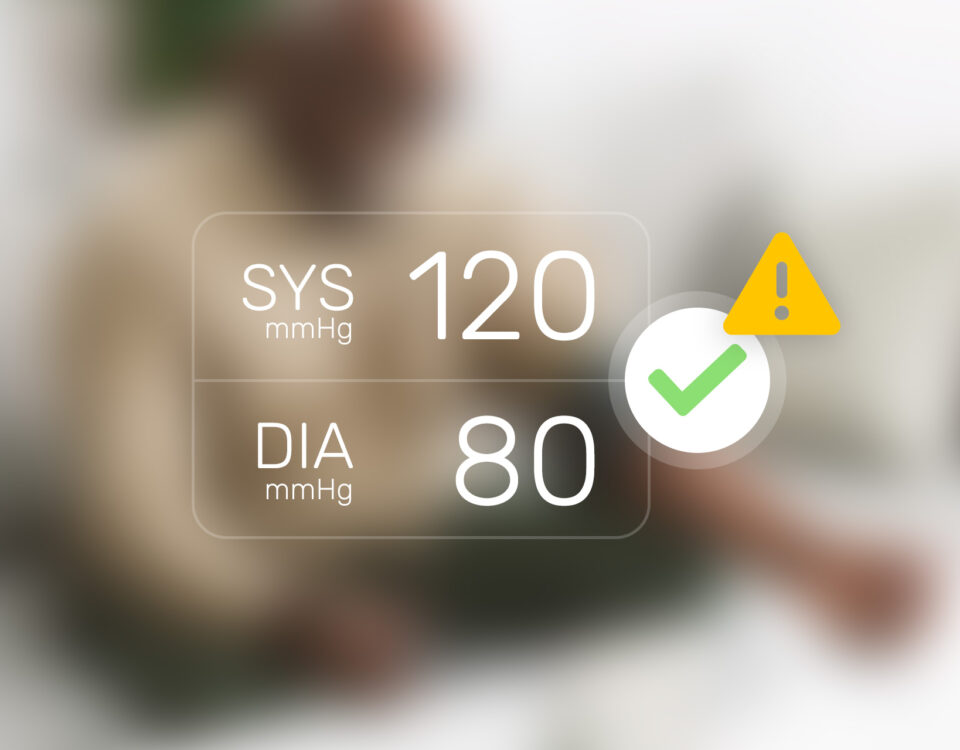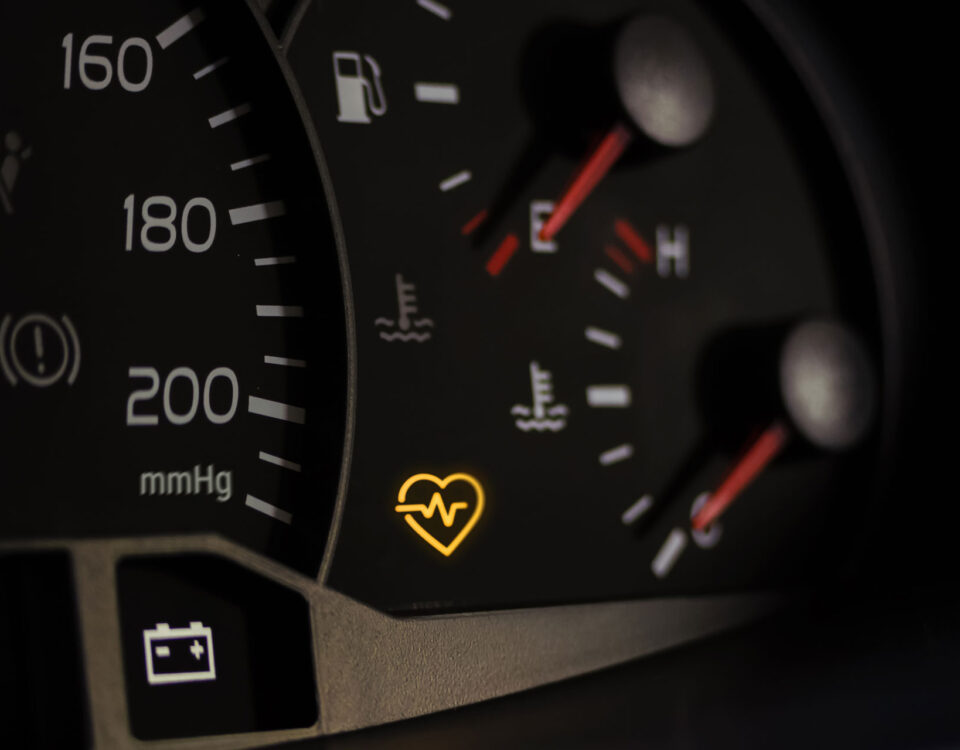As someone who’s lived and breathed endurance training for years, I’ve always believed I was doing the best thing possible for my heart. I mean, how could something that makes you stronger, leaner, and more resilient possibly be bad for you?
But the more I’ve read—and frankly, the more I’ve felt in my own body—the more I’ve started to ask tougher questions about the long-term effects of intense endurance training on heart health. Especially as I get older, the conversation has shifted from “How fast can I go?” to “How long can I do this safely?”
When the Thing You Love Might Hurt You
We know the science: regular exercise is good for your heart. It lowers blood pressure, reduces inflammation, improves circulation. All true. But like anything else, there can be too much of a good thing.
Research now shows that chronic, high-volume endurance training—especially over many years—can lead to structural changes in the heart. Atrial enlargement. Myocardial fibrosis. Irregular rhythms like Afib. Things we don’t talk about much at the starting line, but things that are very real, particularly for those of us who’ve been at this for decades.
The Moment It Hit Me: Dave Scott
What really hit me, though, was finding out that Dave Scott—yes, the Dave Scott, six-time Ironman World Champion—had to undergo open-heart surgery.
Let me say that again: Dave Scott. The guy who defined what it means to be an endurance machine. He had two aneurysms and two valves repaired in 2024 due to years of intense training.
I remember reading that and just sitting with it for a while. If he wasn’t immune… none of us are.
Dave was honest about how years of extreme training likely contributed to his condition. That took guts. And it made me reflect hard on my own journey—how I’ve pushed, how I’ve ignored warning signs, how I’ve worn the pain and fatigue like badges of honor. But what’s the cost?
Learning to Listen
I’m not going to stop training—this lifestyle is in my blood. But I’ve shifted how I think about it. I’ve started paying more attention to how I feel day to day, not just how fast I’m recovering or how many watts I’m pushing.
I’ve spoken with cardiologists. I’ve done deeper cardiac screenings. I’ve built in more rest. I’ve started treating my heart like the vital organ it is—not just the engine that drives me forward.
Rethinking “More Is Better”
What really changed my approach was learning that heart health and endurance training follow a J-shaped curve. That means moderate exercise lowers cardiovascular risk—but too little or too much can both be problematic. Large studies, including the Copenhagen City Heart Study and research from the Mayo Clinic, suggest that consistently pushing high volumes of intense training—especially over many years—can increase risks like atrial fibrillation, myocardial fibrosis, and even coronary artery calcification. It was eye-opening to realize that the “grind every day” mentality might actually be working against longevity. The sweet spot? It turns out 150–300 minutes of moderate aerobic activity per week, blended with some higher-intensity efforts and strength training, gives you all the cardiovascular benefits without the long-term risks. Now, I train smarter—not just harder—with my future health in mind.
What This Means Going Forward
Studies show endurance athletes have a higher prevalence of arrhythmias than the general population. We’re not talking couch potatoes here—we’re talking fit, lean, high-performing people. But the heart is a muscle, and like any muscle, it can be overworked. Scar tissue. Electrical disruptions. Silent risks we might not catch until it’s too late.
That’s why I make a point to get regularly screened for cardiovascular biomarkers—not just the basics, but the ones that really tell the story. That includes:
- ApoB – the gold-standard marker for atherogenic particle load, far more predictive of risk than LDL alone.
- Homocysteine – elevated levels can impair endothelial function and contribute to plaque formation.
- hs-CRP (high-sensitivity C-reactive protein) – a key indicator of low-grade systemic inflammation.
- NT-proBNP – reflects cardiac strain, even in the absence of symptoms.
- Troponin I (high-sensitivity) – a marker of subclinical cardiac injury.
- Lipoprotein(a) – a genetically influenced risk factor that’s often missed in standard panels.
- Oxidized LDL – indicates how likely your LDL is to trigger inflammation in the arteries.
- Arterial stiffness – a key indicator of vascular aging and elasticity, which can predict future cardiovascular events.
- SEVR (Subendocardial Viability Ratio) – measures how efficiently your heart muscle is perfused under stress, offering insight into oxygen supply vs. demand.
- CONNEQT Pulse – the tool I use daily to monitor arterial stiffness and SEVR; it’s become an essential part of my longevity toolkit.
- Cardiac stress testing with echocardiography – helps assess how well your heart performs under load and can detect silent ischemia or abnormal heart rhythms.
- Coronary Artery Calcium (CAC) scoring – a powerful, non-invasive scan that quantifies calcified plaque buildup and long-term cardiovascular risk.
Some of these metrics I monitor daily, like arterial stiffness and SEVR with the CONNEQT Pulse. Others, like blood-based biomarkers, I check annually or semi-annually, depending on what my body’s telling me. And then there are the occasional advanced screenings—like stress echocardiograms or a coronary calcium scan—that I’ll do every few years as part of a bigger longevity picture.
The key isn’t doing everything all the time—it’s building a rhythm of consistency over time, so I can spot subtle shifts before they become real problems.
The Bigger Picture
This isn’t about scaring anyone. It’s about staying in the game longer. It’s about doing what we love without breaking ourselves in the process.
I still believe in the power of endurance sports. It’s given me more than I could ever put into words. But now, I believe just as strongly in the power of recovery, of perspective, and of tracking the signals our bodies give us—before they become sirens.
Because what’s the point of a strong finish if you don’t make it to the start line ten years from now?







